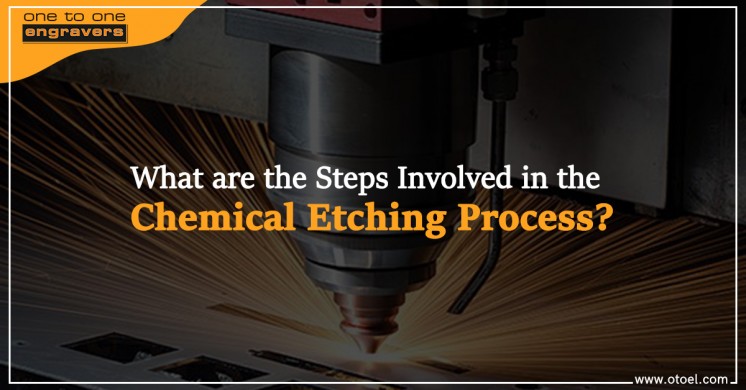UK-based suppliers, applicators and trainers. Call us today to get a free sample : 01604 644604


The chemical etching process in manufacturing is a subtractive process because it removes specific areas of metal to reshape it into the desired form. It is done by immersing metal sprayings with regulated temperature chemicals. The process is sometimes known as industrial etching. This metalworking process is the preferred choice of design engineers today because chemical etching has many benefits over conventional metal fabrication processes. Low cost, high speed, greater output, flexibility, handling complex designs are some of the benefits in the list. An astute design engineer can get the most out of chemical etching if he is accurate in planning and understands the flexibility offered by the process. Chemical etching can produce metal segments with great precision and repeatability. Hence, it is a wonderful option for security applications. Also, it is the most critical stage and the last stage if we talk about microelectronic devices. To know more about chemical etching service and the process, let us first understand the steps involved in the process which are listed below:
1. Metal selection: Etching can be done on a wide variety of metals like aluminum, brass, nickel, stainless steel, copper, titanium, bronze, etc. Choose the one best-fitted metal according to the product to be developed without being worried about etching services on it.
2. Cleaning of the metal surface: As a preparatory step of chemical etching, cleaning the metal surface to be etched is important. Cleaning of the metal surface will ensure that there are no undesired waxes, oil, grease or any other contamination on the metal surface because these unwanted contaminations can cause defects in the final output. After cleaning them, we are ready to get the best result on the completion of the process.
3. Laminating the metal: After cleaning the metal surface, it is time to add photoresist (laminate) on the surface. Adding the layer on the metal surface will protect the covered area of the metal during the process of etching. Further, the required component design is also transferred to the laminate through UV light.
4. Developing: Next, at the stage of developing, the photoresist layer (laminate) is removed from the design section to expose the raw metal beneath so that it can be etched.
5. Etching: Finally, the developed sheet undergoes etching by spraying etch-chemistry. The time required for completing the etching on the developed sheet depends on various factors like metal type and grade, thickness and size, design to be etched, and the skill of the technician undertaking the task. You can find an expert and experienced technician at chemical etching companies in UK to accomplish your desired task efficiently and in the least time. Finding one such chemical etching service in UK is also not difficult either. It can be easily done online.